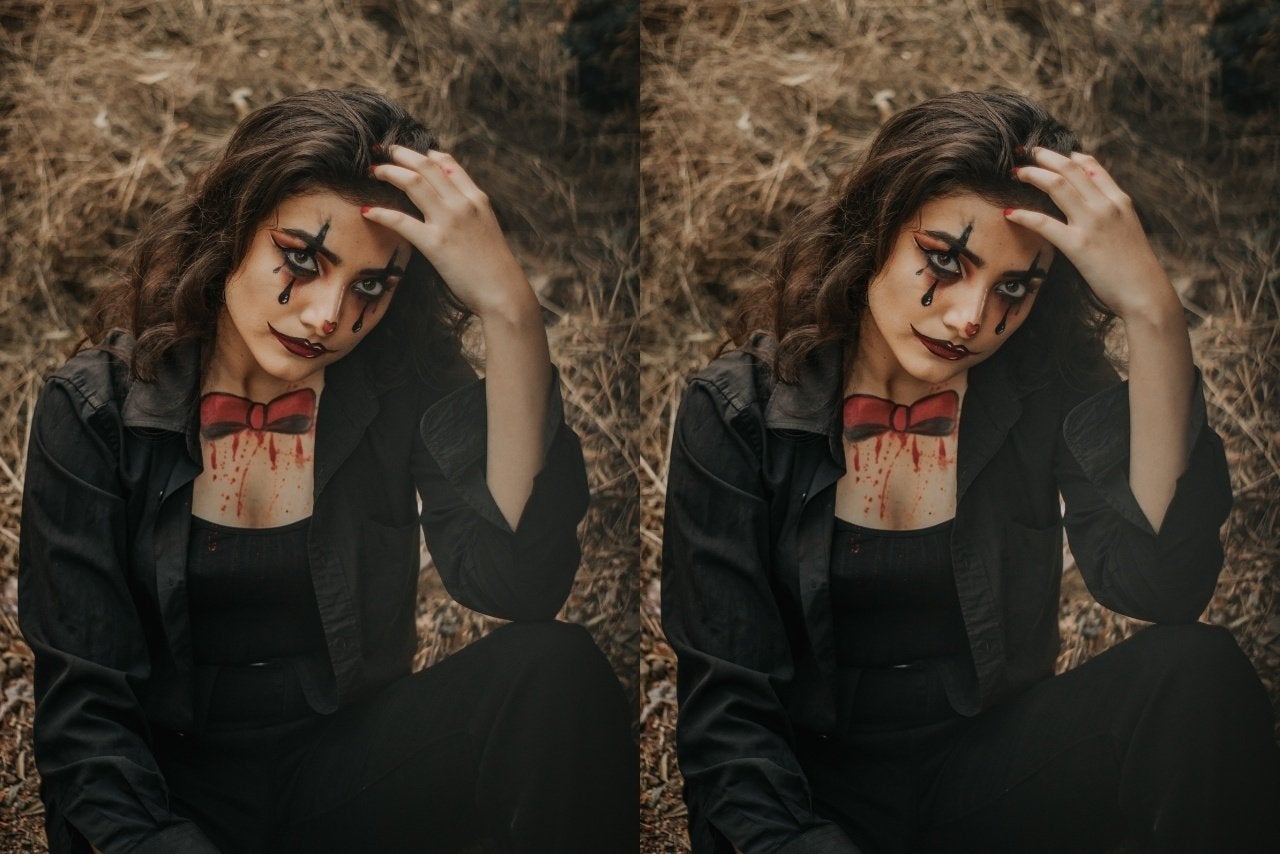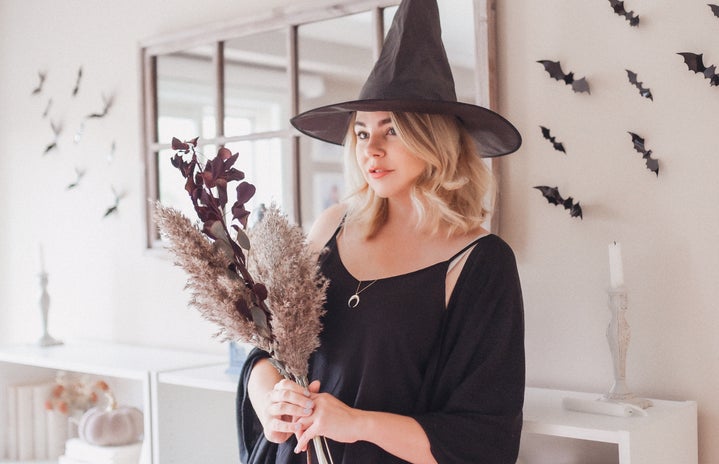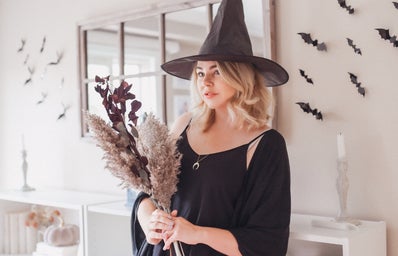Before you start planning your socially distanced Halloween “parties” and picking out your costumes this year, let us look at an important topic that comes up a lot during Halloween: cultural appropriation and how to avoid it.
Sadly, Halloween costumes have a bad track record with cultural appropriation. While I have faith in people that they wouldn’t intentionally partake in cultural appropriation, it results from a lack of education and normalized racism and discrimination. This Halloween, let’s work on educating ourselves towards changing that.
First of all, what is cultural appropriation? Cultural appropriation is defined by dictionary.com as “the adoption or co-opting, usually without acknowledgment, of cultural identity markers associated with or originating in minority communities by people or communities with a relatively privileged status.”
Some Halloween costumes will always be culturally appropriative and should be avoided at all costs: an Egyptian queen—this costume is on my list of culturally appropriated costumes because according to the Ancient History Encyclopedia, the most famous symbol that is part of this costume, the ankh was appropriated by the Christians in the 4th century CE as a symbol for their god. A Native American princess—dressing up as another racial group for Halloween is never ever acceptable. This costume is especially offensive considering the mass genocide of Indigenous Americans during the time of the United States’ founding, and considering that Native Americans continue to experience discrimination on an exceptionally high level, NPR states. Anything to do with the Day of the Dead—Halloween and the Day of the Dead are NOT the same, and even if they were, it would definitely not be appropriate to use symbols from the latter to celebrate the former. Día De Los Muertos is a Mexican holiday celebrated on Nov. 1 to honor friends and family who have passed away. Sugar skulls or Calaveras, says Popsugar, are a symbol of Día De Los Muertos, not a costume for people to take on and off.

To learn more about cultural appropriation and its link to Halloween, consider checking out this article.
Halloween can be a holiday you enjoy without involving cultural appropriation. If you have doubts about your costume, it’s always good to go with your backup plan or go back to the drawing board.



